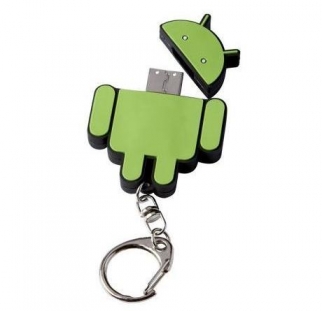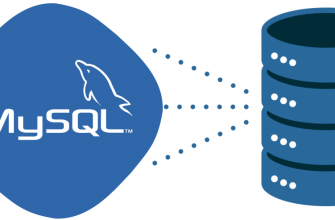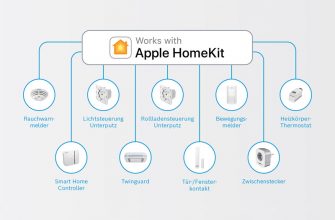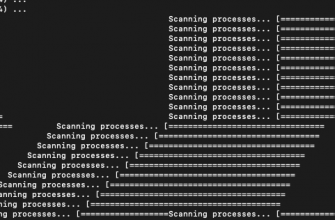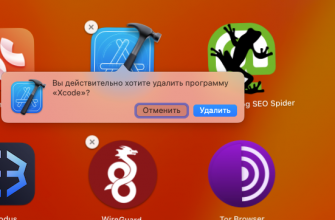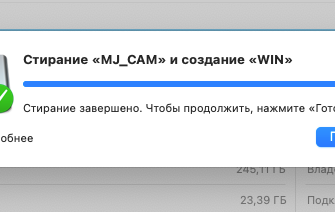Every tablet owner is often irritated by the fact that the internal memory of the tablet is much smaller than indicated in the specifications. The screen constantly displays a message that there is not enough memory for downloading the application, or simply not enough space on the device. What is the matter, you think? Have you been deceived? Or maybe you yourself did not look at the specifications clearly?
Where did the tablet's internal memory go or what is it used for?
The tablet has two types of memory, RAM and ROM, so all the memory is divided between them, and they distribute it according to the format, etc.
RAM memory allocation:
- It is distributed to a software module that is responsible for phone calls from your device, that is, from a tablet, since there is a system there Android and a slot for a SIM card, for data transfer via Bluetooth connection, and a Wi-Fi module for working on the Internet.
- Distributed to small applications and device matrices
- Distributed to all applications that are included in autostart
- On the user interface
- Distributed to libraries
ROM memory (read-only memory) allocation:
- Distributed across the operating system files installed on your device
- To save downloaded temporary files that are needed to update applications on the tablet
- Distribution of user data storage and download of various applications
That is, the permanent memory includes 4 sections: system, data, cache, and other sections. The data section displays the actual amount of memory needed to install programs on the tablet. To check this section of memory, you need to go to: settings - sd - phone memory - available memory.
To check the amount of RAM and permanent memory on the tablet, you can use a special emulator that provides the ability to enter commands that interact with the operating system installed on the tablet. Of course, this method of checking memory is not suitable for everyone, but only for advanced users, otherwise there is a chance of damaging or freezing the operating system.
List of standard commands to enter into the emulator console to check the tablet memory and its functions:
- Adb - launches the Android operating system debugger;
- Dmesg - views the loading of the operating system kernel;
- Du - determines file sizes;
The remaining commands can be studied either on the Internet or by installing the program and using the help and hints, as well as the help section.
Simple tips for low memory on an Android tablet:
- In the settings menu, open the applications section and clear the cache or move the applications to the SD card
- You can use utility programs, such as Clean Master, which will remove various junk, notifications and unnecessary duplicate files from your tablet.
- To avoid cluttering your tablet's memory, install only the programs you need;
There are a large number of different programs and utilities to increase the internal memory of the device. It is also possible to use various services or cloud storage, if the memory capacity is insufficient, to save videos and images, movies, etc. Also, the necessary files can be added to the cloud download, both manually and set up an automatic data transfer mode, which will be more convenient and practical.
The operating system on the tablet takes up enough memory for normal operation, the memory on the device is allocated automatically, but if there is a shortage of memory, the Android system can decide itself which application to release from memory to increase performance and space. Also, tablet manufacturers leave a certain amount of hidden memory on the device for subsequent recovery of the operating system boot files, so the amount of full memory differs from the amount specified by the manufacturer. That is, the internal memory of the tablet is the same as in the specifications, only it is hidden.

